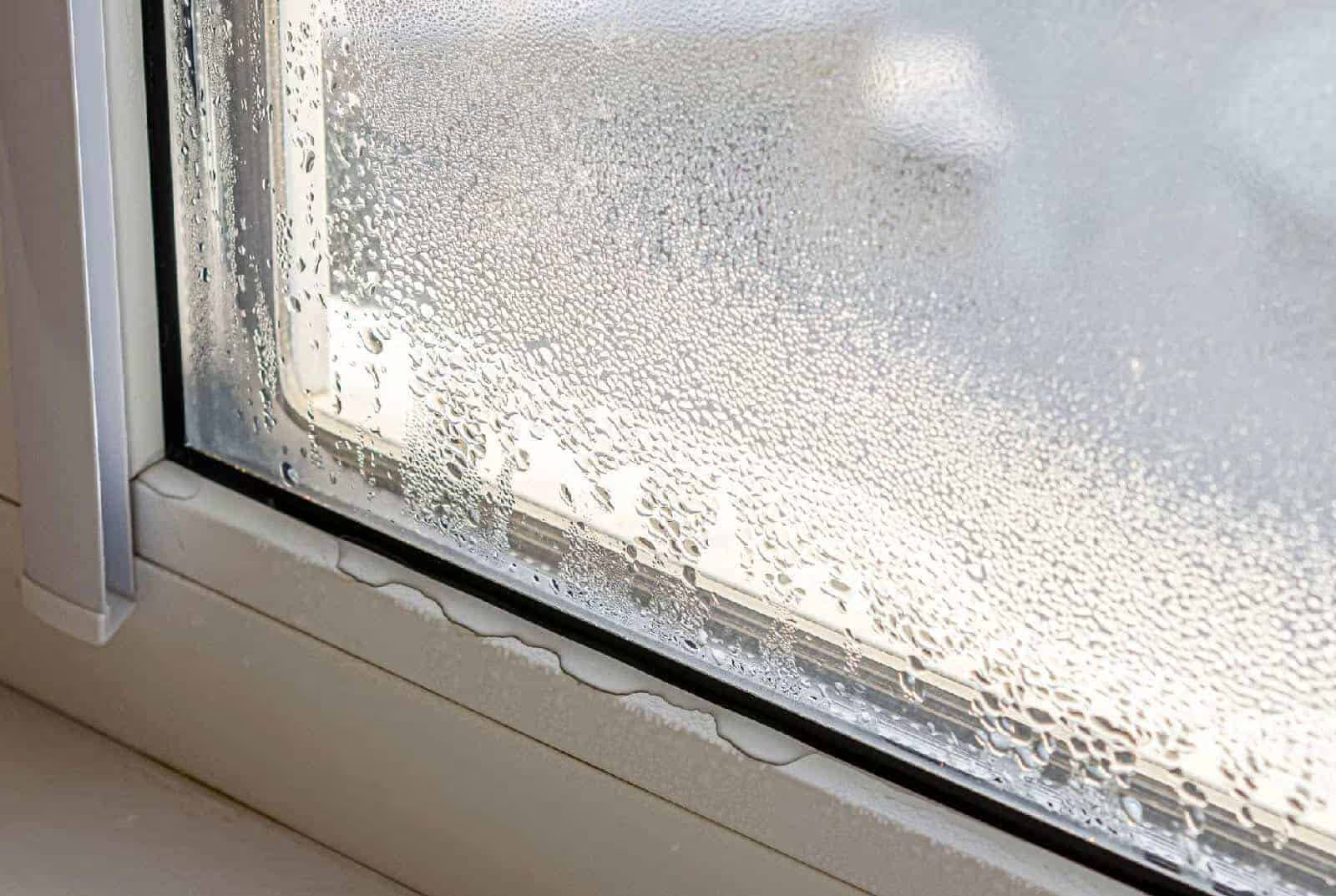Toronto's housing market is notorious for its limited options and skyrocketing prices. Homeownership can feel like a distant dream for many residents. But there's a potential solution that’s just right in your backyard—or rather, laneway!
A laneway home offers a multitude of benefits. They can be used as rental properties or extra living space for extended families.
This blog will be your one-stop guide to laneway development requirements. From learning about your eligibility to designing a cozy laneway house with modern replacement windows, we’ll cover all the bases before you start your new laneway suite!
What Is a Laneway House
Toronto laneway houses, also known as laneway suites, are ancillary secondary dwelling units built on a property with access to a public laneway. These self-contained units typically range in size from cozy studios to more spacious dwellings with an upper floor.
Unlike basement apartments, which are additions to the main house, laneway suites are completely separate buildings built near the rear lot line. This gives both homeowners and renters more privacy and freedom.
Also, unlike garden suites, laneway housing needs to be connected to a public laneway for utilities and entry, which makes them a more accessible choice than a garden suite.

Source: Canva
Why Get a Laneway Home in Toronto?
A Toronto laneway house offers a multitude of benefits for both homeowners and the city. Homeowners can unlock the hidden potential within the rear yard of their residential properties.
5 Things to Know Before Building Your Laneway House
Before you get too excited and start sketching out dream home designs, there are some crucial things to consider. Here are five key things you need to know before starting on your Toronto laneway home plans:
First and foremost, is your Toronto property eligible for a laneway house? It must meet the following Toronto laneway house requirements to be considered eligible:
- Property Size: Your property must have at least 7.5 metres (24.6 feet) in width to accommodate a laneway house while meeting setback requirements (distance from property lines).
- Laneway Access and Width: The public laneway at the rear of the house should have a minimum width of 3.5 metres (11.4 ft) to allow emergency vehicle access. The laneway suite should also have separate pedestrian access to the laneway.
- Setbacks: There is a minimum setback of 1 meter that your laneway house must be from the property lines (front, rear, and sides). There should be a minimum setback of 1 meter (3.3 ft) from the rear lot line and adjacent side lot lines.
- Distance: The distance between the main residence and the laneway house must be at least 5 metres (16.4 ft)
- Laneway House Height: Laneway houses must be under 10m x 8m (32.8 ft x 26.25 ft) and occupy less than 30% of your lot.
- Size: Height is capped at 6.3 metres (2 storeys) but reduced to 4 metres (13.12 ft)if closer than 7.5 metres (24.6 ft) to your main house.
- Utilities: Its water and sewage systems must be connected to the municipal line. Electricity can be connected or separated from the main house.
Checking your property's eligibility is the first step. You’ll need resources from the City of Toronto website or consultations with planning professionals for this step to make sure you’re abiding by regulations.
Even though building a laneway house might seem like a smaller project than building a regular house, it still costs at least $300,000. A two-bedroom laneway home could easily cost you around $350 to $400 per square foot, factoring in architectural plans, permits, construction materials, and potential utility upgrades. Construction companies also have a 15% markup cost for materials and labour.
Getting utilities like water, electricity, and maybe even sewer lines to the site where you are building a new home is important. Check out your current infrastructure and talk to professionals to see if your house can handle the extra demand that a laneway house will require. Upgrading utilities may be necessary, adding to the overall project cost.
While a laneway house offers numerous benefits, consider how it might affect your current lifestyle. Think about potential changes to backyard usage, noise levels, and privacy. Open communication with any existing tenants is also important to ensure a smooth transition.
Given the compact nature of a Toronto laneway house, space optimization and smart design are crucial. Consider talking to architects or designers who know how to make comfortable and useful living spaces in small spaces. They can help you maximize natural light, incorporate efficient storage solutions, and ensure a beautiful and functional laneway house.

Source: Canva
Best Windows For Your Toronto Laneway House
Laneway houses, with their unique small design, require windows that are both functional and stylish. Consider these windows when designing your Toronto laneway house:
Large Fixed Windows
Laneway houses can often be situated close to neighbouring properties, making it crucial to maximize natural light wherever possible. Large fixed windows strategically placed will brighten the interior and create a more spacious feel.
Casement Windows
These side-hinged windows offer excellent ventilation and can be angled open to control airflow. Casement windows are a popular choice for laneway houses due to their clean lines and space-saving design.
Awning Windows
Hinged at the top, awning windows provide ventilation even during rain. This can be beneficial for controlling moisture, especially in smaller spaces.
💡Energy Efficiency Tip: When choosing windows for your Toronto laneway house, opting for those with Energy Star certification is the way to go. This certification signifies that the windows meet rigorous energy performance standards set forth by the Environmental Protection Agency (EPA).
Get The Perfect Windows for Your Laneway Home
Still not sure what kind of window to get your Toronto laneway house? The right windows and doors can make all the difference in maximizing natural light and creating a comfortable living space.
Clera Windows + Doors offers high-quality, energy-efficient windows and doors perfect for your laneway house project. We can help you design the perfect window and door configuration to achieve a bright and airy feel in your new home. See what previous customers have to say about our top-tier products and services.
Contact us today to learn how we can help bring your laneway home to life!





.avif)


